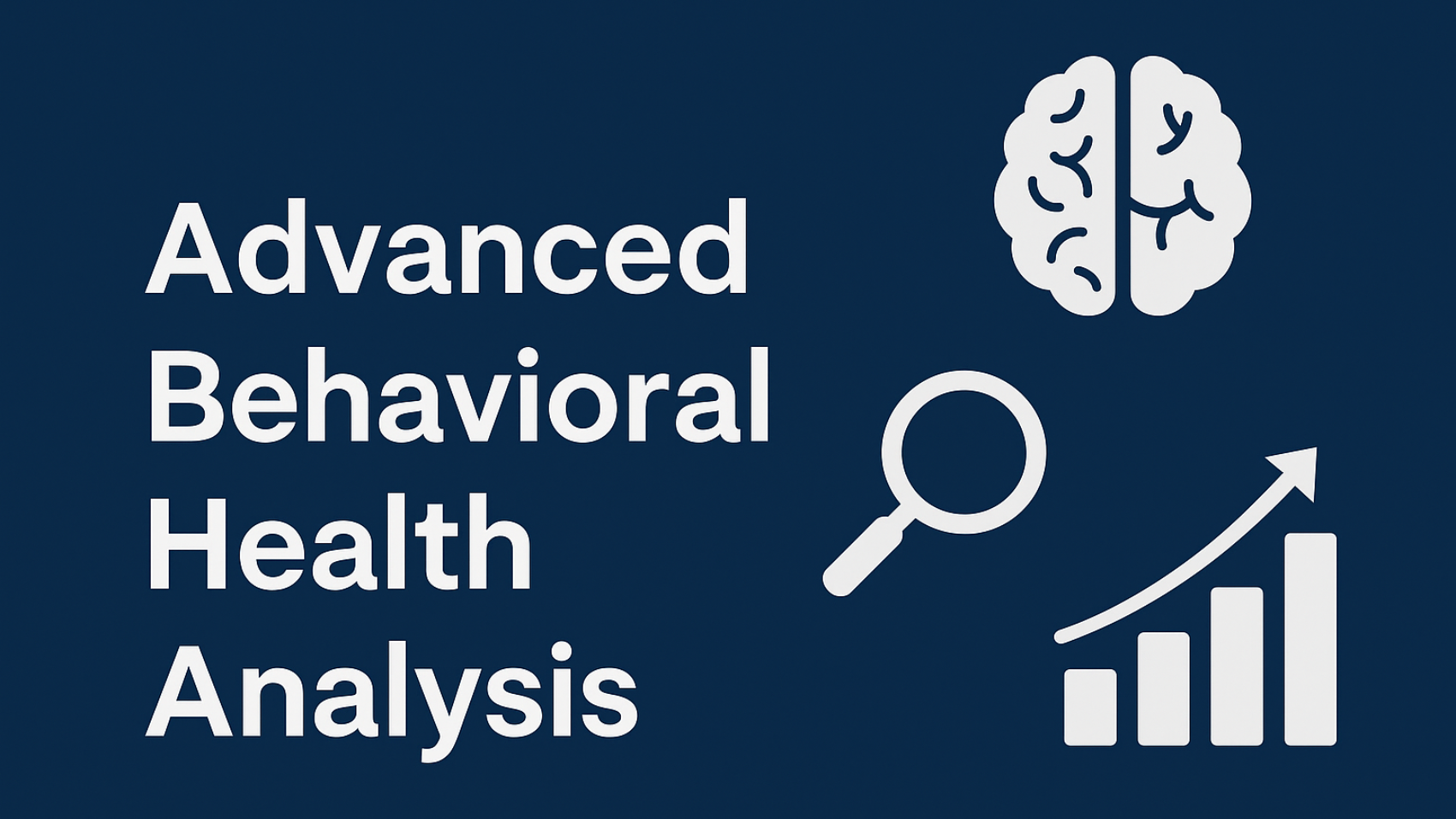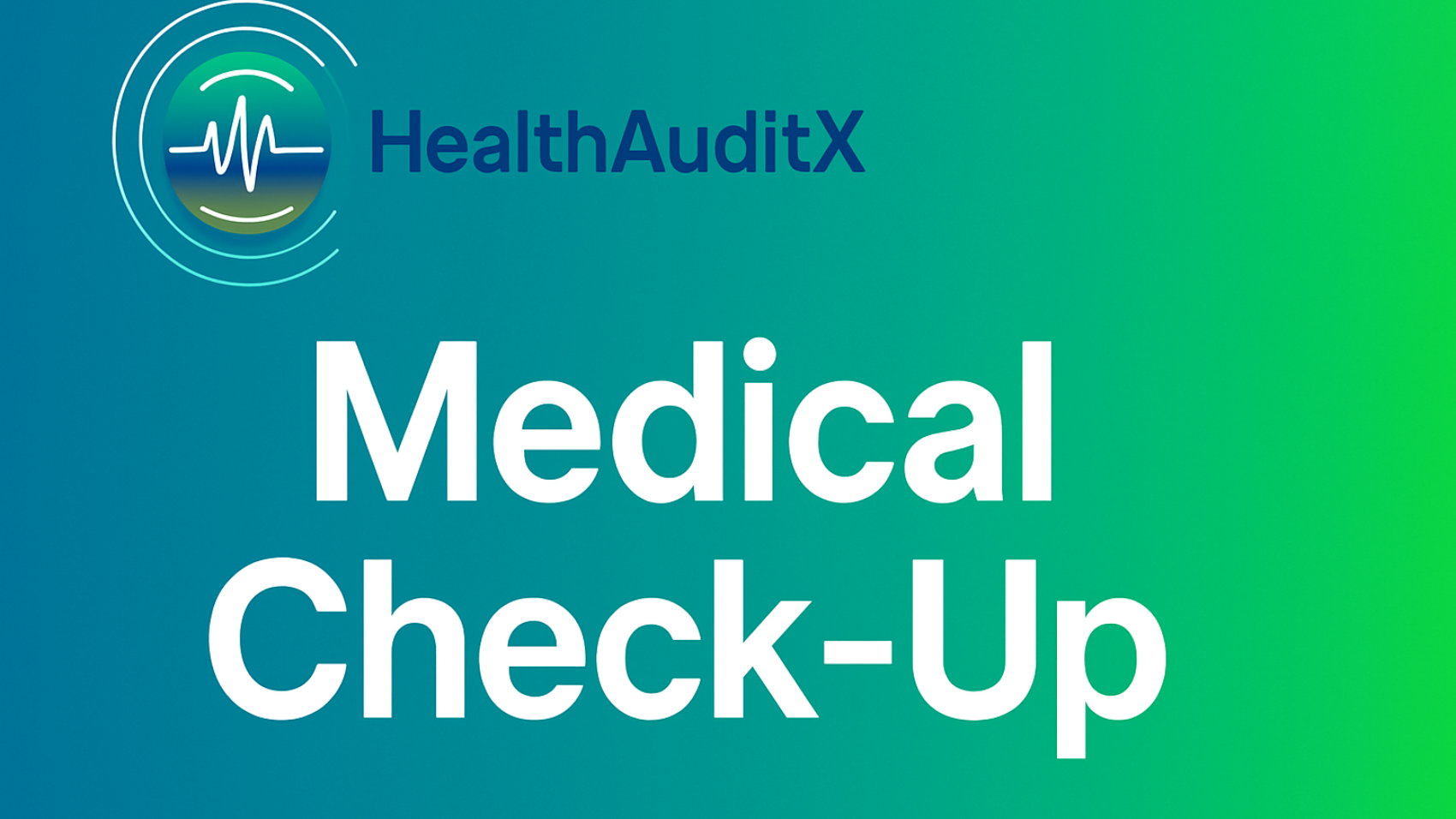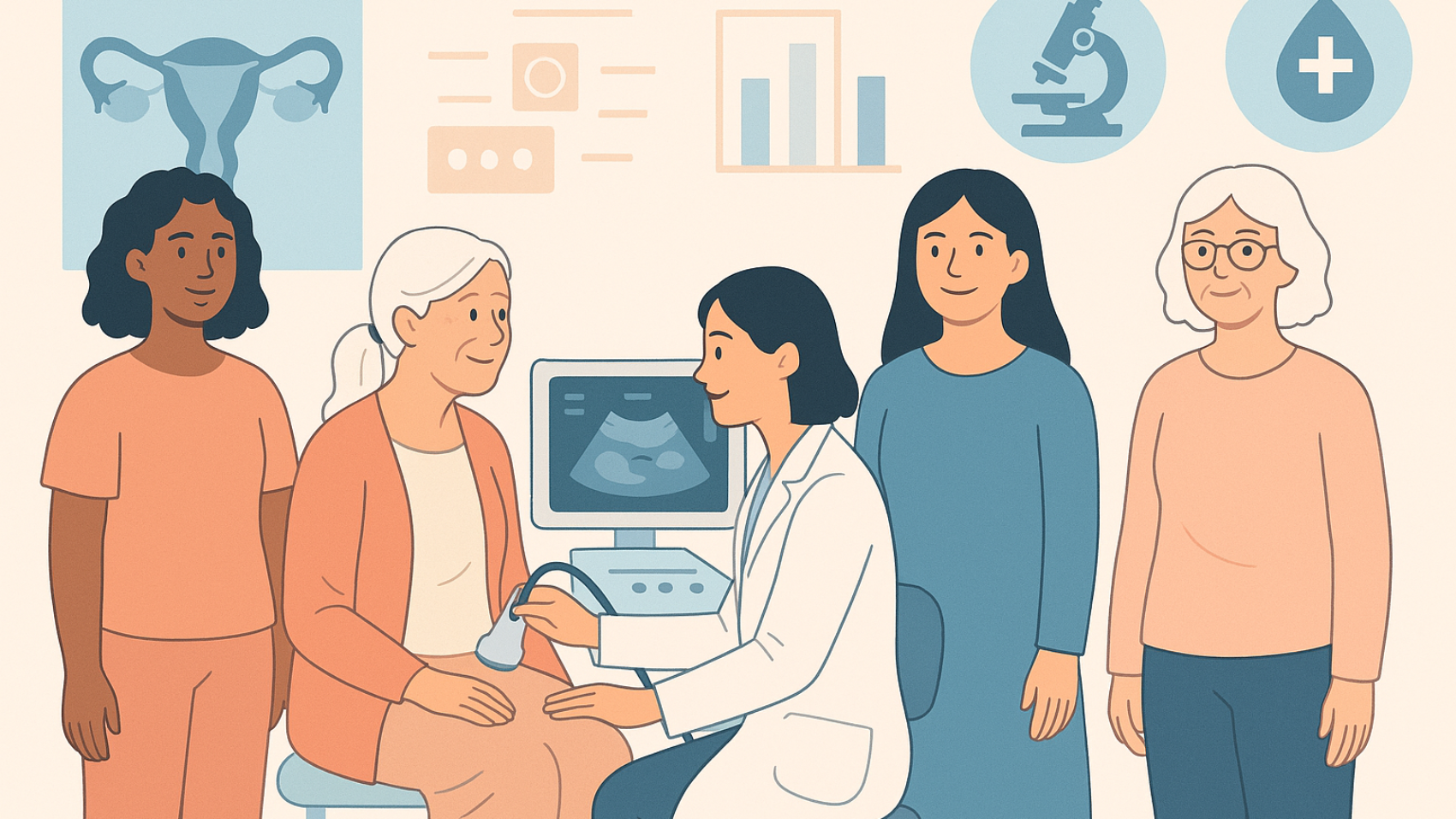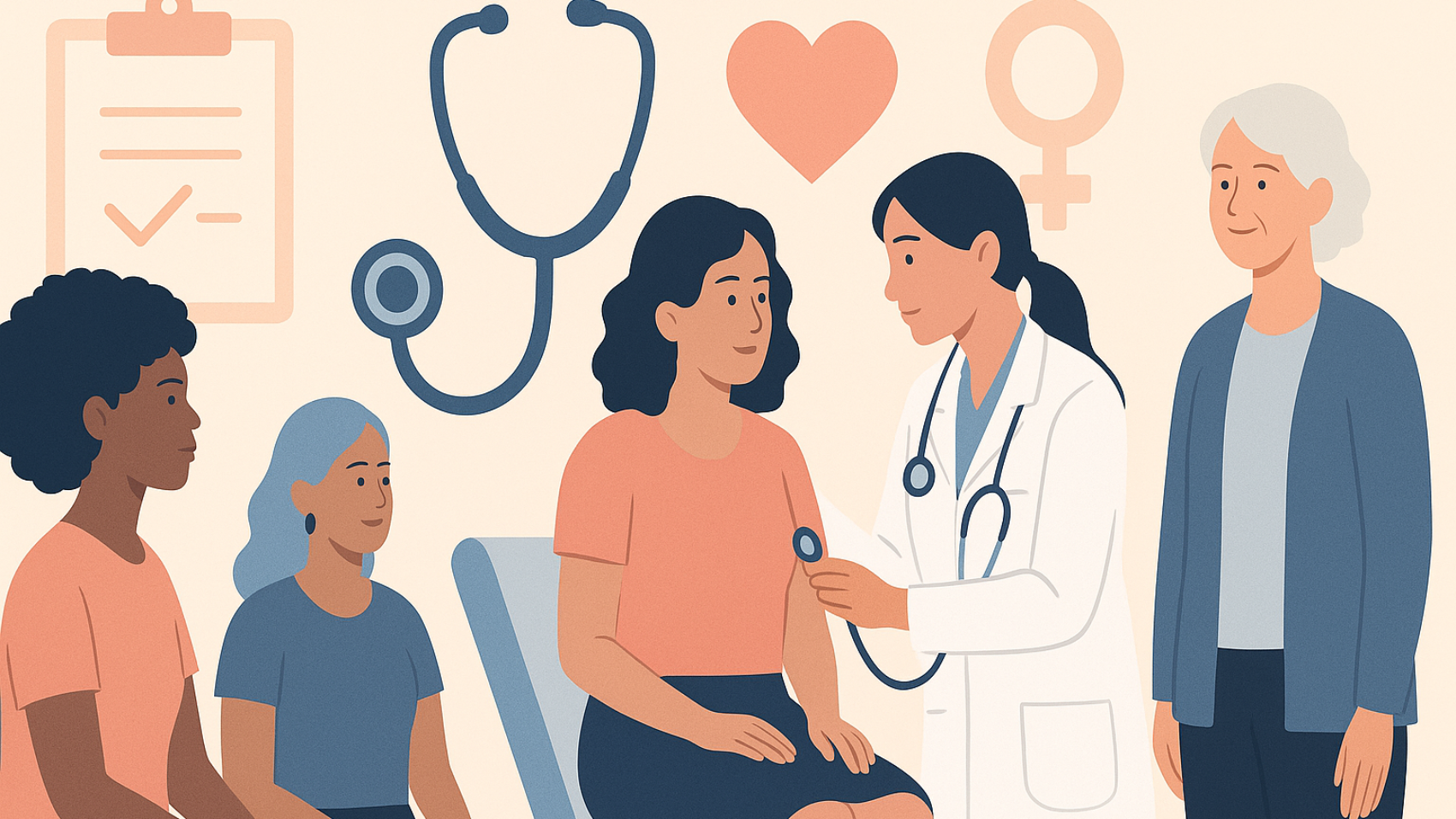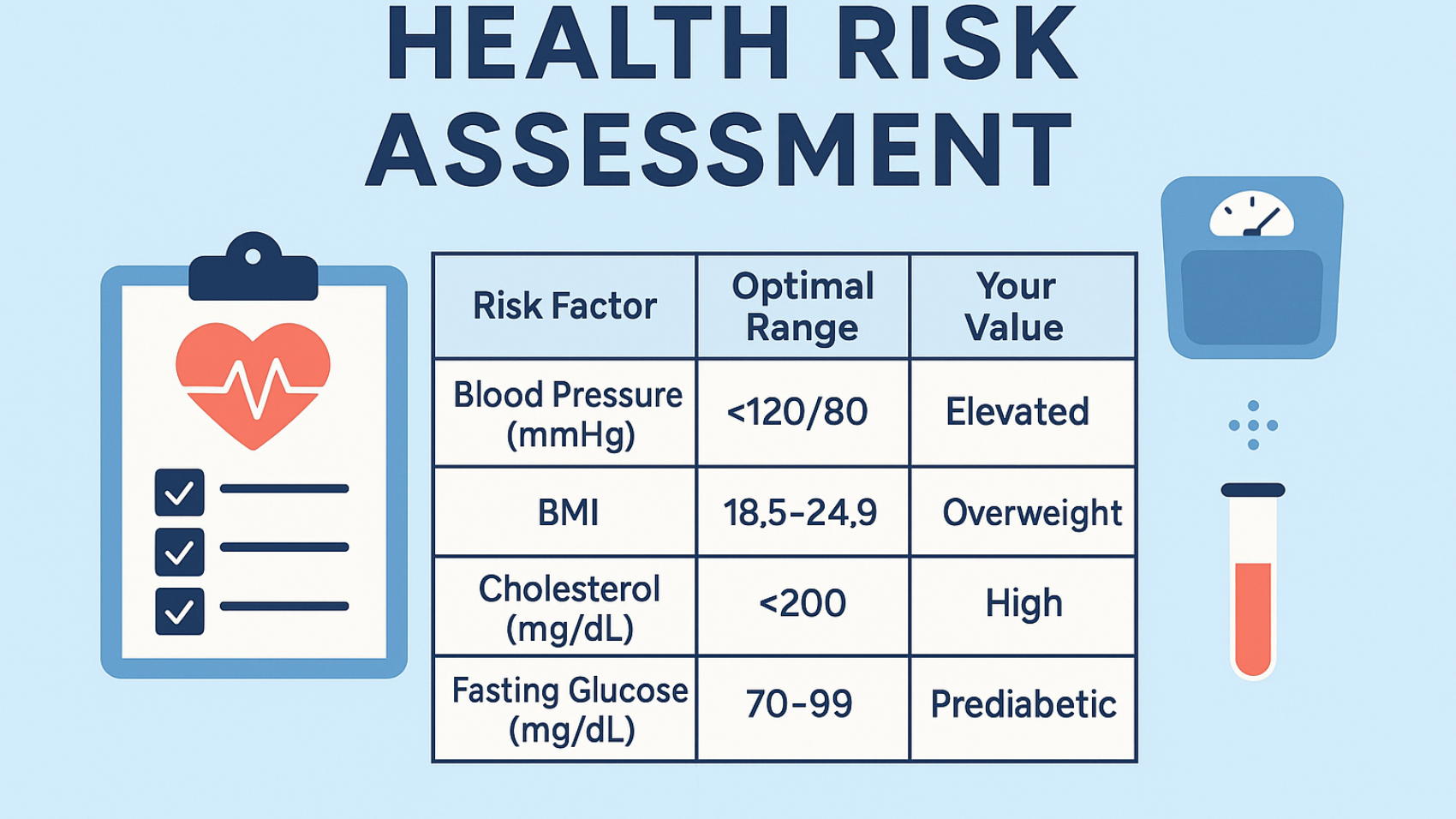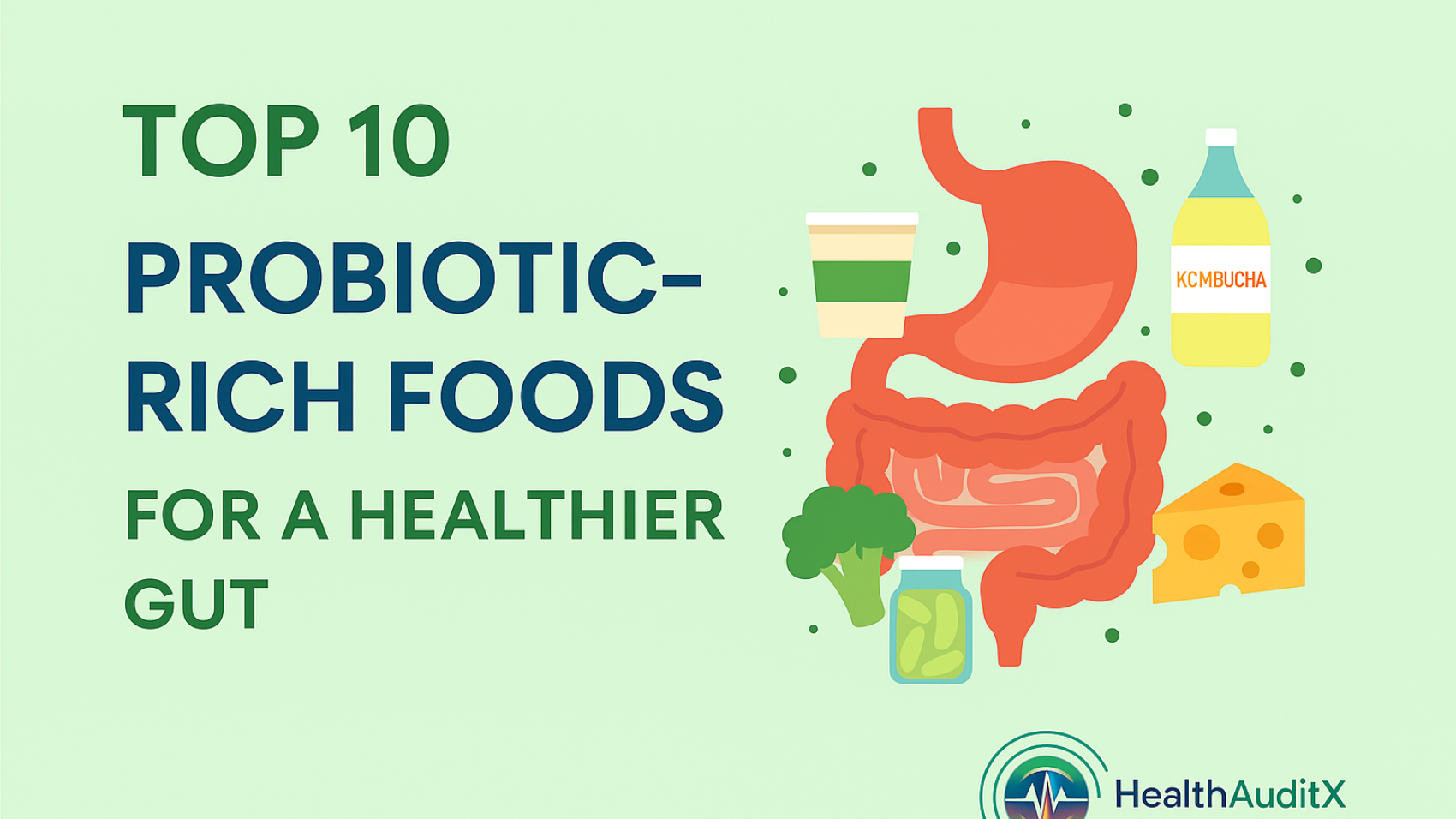Advanced behavioral health analysis harnesses cutting-edge data science, psychological theory, and clinical insights to optimize patient care, personalize interventions, and drive better mental health outcomes. This powerful approach uses multi-modal data to predict emotional states, recommend tailored therapies, and monitor progress in real time.
1: Understanding Advanced Behavioral Health Analysis
Behavioral health is more than diagnosing disorders; it’s about continuously monitoring, analyzing, and adapting care based on quantifiable signals. Traditional clinical interviews and self-report questionnaires provide valuable snapshots, but they miss dynamic fluctuations in mood, cognition, and behavior over time. Advanced behavioral health analysis bridges this gap by integrating multiple data sources—wearables, smartphones, electronic health records (EHRs), and even voice and text—to form a longitudinal, granular view of each patient’s mental state.
- Key Benefits: Early warning of mood shifts, proactive intervention, personalized therapy recommendations, improved long-term outcomes.
- Goal: Move from reactive treatment (responding after a crisis) to proactive care (predicting and preventing episodes).
Read this blog 👉 Women’s Health Screening: A Complete Preventive Guide
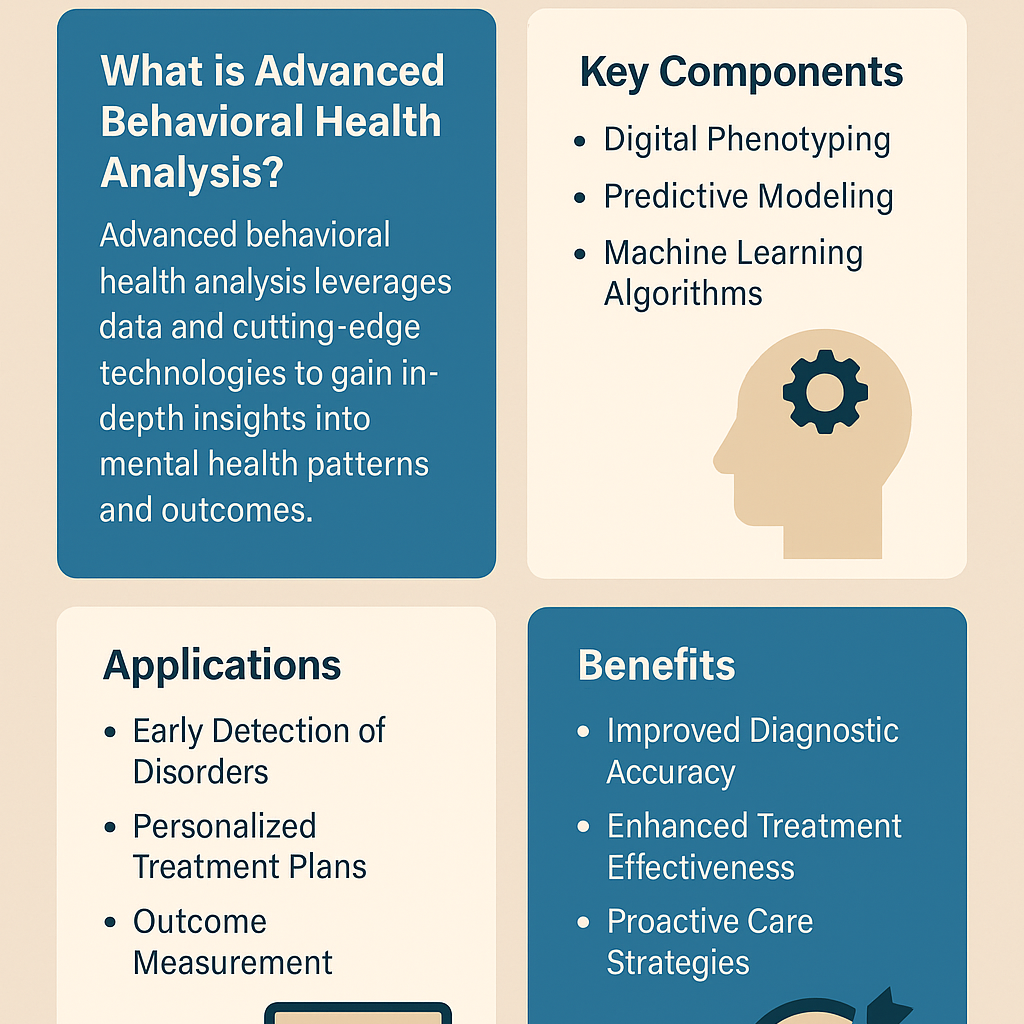
2: Data Collection Methods and Best Practices
Effective advanced analysis starts with robust data. Collecting high-quality, continuous information requires a strategic mix of technologies and methodologies:
| Data Source | Description | Best Practice |
| Wearables (Fitbit, Oura) | Heart rate, sleep stages, activity levels | Ensure device calibration; sync data daily |
| Smartphones | GPS movement, call/text metadata, app usage patterns | Obtain explicit consent; anonymize personally identifiable info |
| Clinical Assessments | Structured interviews, validated scales (PHQ-9, GAD-7) | Schedule periodic in-person or telehealth check-ins |
| Digital Diaries & Journals | Self-reported mood logs, symptom trackers | Prompt users with reminders; gamify entries for compliance |
| Social Media/NLP | Language analysis from public posts, sentiment scoring | Only analyze public content; follow platform policies |
Tip: Combining passive (wearables, sensors) and active (questionnaires, diaries) data yields the most reliable insights.
3: Data Integration and Management
Collecting data is just the start. To extract value, you must store, clean, and merge disparate streams into a unified platform.
- Data Lakes & Warehouses: Use cloud-native storage (e.g., AWS S3, Google Cloud Storage) for raw ingestion; move processed data to structured warehouses (BigQuery, Snowflake).
- ETL Pipelines: Implement automated Extract-Transform-Load processes with tools like Apache NiFi or Talend.
- Privacy & Compliance: Encrypt data at rest and in transit; implement role-based access control; maintain audit logs to meet HIPAA/GDPR requirements.
- Metadata Catalogs: Document data schemas, lineage, and quality metrics using tools like Apache Atlas.
Case in point: A large health system reduced data integration time by 40% by switching to automated ETL scripts with built-in validation.
Read this blog 👉 Health Risk Assessment: A Comprehensive Guide to Proactive Health Management
4: Analytical Techniques and Algorithms
Advanced behavioral health analysis leverages a suite of algorithms to identify patterns, predict outcomes, and recommend interventions:
- Supervised Learning: Logistic regression, random forests, and gradient boosting to classify depression severity or predict relapse risk.
- Unsupervised Learning: K-means clustering and hierarchical clustering to segment patients into phenotypic subgroups for tailored care paths.
- Time-Series Models: ARIMA and LSTM networks to forecast mood fluctuations and flag anomalies in sleep or activity data.
- Natural Language Processing (NLP): Transformer-based models (BERT, GPT) to extract emotional tone, identify cognitive distortions, and detect suicidal ideation from text and voice.
- Reinforcement Learning: Optimize intervention strategies by modeling patient response as a dynamic environment.
Pro Tip: Begin with interpretable models (e.g., decision trees) to build clinician trust, then layer in complex deep-learning models for higher accuracy.
5: Tools, Platforms, and Comparative Table
Selecting the right technology stack can make or break your implementation. Here’s a comparison of leading platforms:
| Platform | Key Strength | Pricing Model | Compliance |
| IBM Watson Health | Pre-built mental health modules | Subscription-based | HIPAA, GDPR |
| Google Cloud Healthcare | Scalable AI, integrated APIs | Pay-as-you-go | HIPAA, HITRUST |
| Microsoft Azure for Health | End-to-end compliance, MLOps tools | Tiered enterprise licensing | HIPAA, GDPR, ISO 27001 |
| Open-Source Stack | Full customization (TensorFlow, PyTorch, Kafka) | Free; infrastructure costs apply | Self-managed |
Use this table to match your budget, compliance needs, and technical expertise.
Read this blog 👉 Top 10 Probiotic-Rich Foods for a Healthier Gut
6: Real-World Case Studies
Early Depression Detection
A university research team used smartphone accelerometer and GPS data alongside sleep logs to build an LSTM model that predicted depressive episodes with 78% accuracy, two weeks before standard clinical screening would have caught them. Early intervention reduced hospitalization rates by 25%.
Personalized CBT Chatbots
A digital health startup integrated NLP-driven chatbots into their CBT program. By analyzing patient text responses, the bot adapted question framing in real time. Engagement increased by 30%, and therapy dropout rates fell by 15%.
Wearable-Guided Stress Management
In a corporate pilot, employees wore stress-monitoring wristbands. Data fed into a reinforcement learning system that recommended micro-breaks and breathing exercises. Reported stress levels dropped by 20% over six weeks.
7: Implementation Best Practices
- Stakeholder Alignment: Involve clinicians, data scientists, IT, and legal teams from day one.
- Pilot Programs: Start small—test with 50–100 patients to refine data flows and algorithms before scaling.
- Clinician Dashboards: Build intuitive UIs that highlight risk scores, trend charts, and recommended actions.
- Model Monitoring: Continuously track performance metrics (AUC, precision, recall) and data drifts.
- Patient Engagement: Use mobile notifications, reward systems, and transparent reporting to keep users involved.
8: Benefits, ROI, and Impact
- Improved Diagnostic Accuracy: Combining data sources reduces false negative rates by up to 30%.
- Cost Savings: Automated monitoring cuts outpatient visit costs by 15–20%.
- Patient Satisfaction: Real-time feedback improves perceived care quality, boosting NPS scores by 10 points.
- Scalability: Cloud-native solutions can support millions of patients without major infrastructure investments.
9: Frequently Asked Questions (FAQs)
Q1: How accurate is digital phenotyping?
A1: When combining sensor data (sleep, heart rate) with self-reports and NLP features, studies report predictive accuracies between 75–85% for mood-state detection.
Q2: What’s the cost of implementing ML in behavioral health?
A2: Infrastructure and development costs typically range from $50K–$200K, with annual maintenance fees around $20K–$50K, depending on data volume and vendor support.
Q3: Can NLP detect early signs of anxiety?
A3: Yes. Linguistic markers—like first-person pronoun usage, sentiment shifts, and topic modeling—can flag anxiety with up to 80% precision in clinical tests.
Q4: Which wearable devices are best for monitoring mental health?
A4: Devices like Fitbit, Oura Ring, and Apple Watch offer robust heart rate variability and sleep-stage tracking. Choose based on battery life and data access APIs.
Conclusion and Call to Action
Advanced behavioral health analysis is not a luxury—it’s the future of proactive, personalized mental health care. By leveraging multi-modal data, state-of-the-art algorithms, and clinician-friendly dashboards, organizations can predict crises before they occur, tailor interventions to individual needs, and ultimately improve patient outcomes at scale.
Ready to transform your practice with data-driven insights? Contact the HealthAuditX team today for a free consultation and see how our end-to-end solutions can elevate your behavioral health program organically—no ad spend required.

